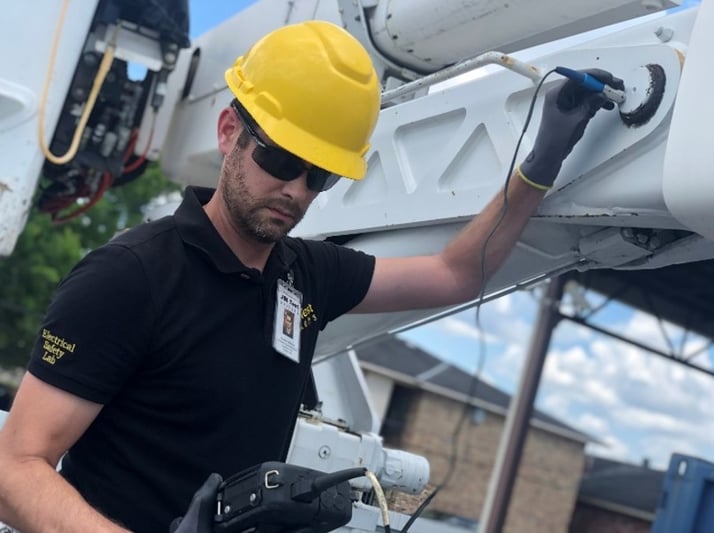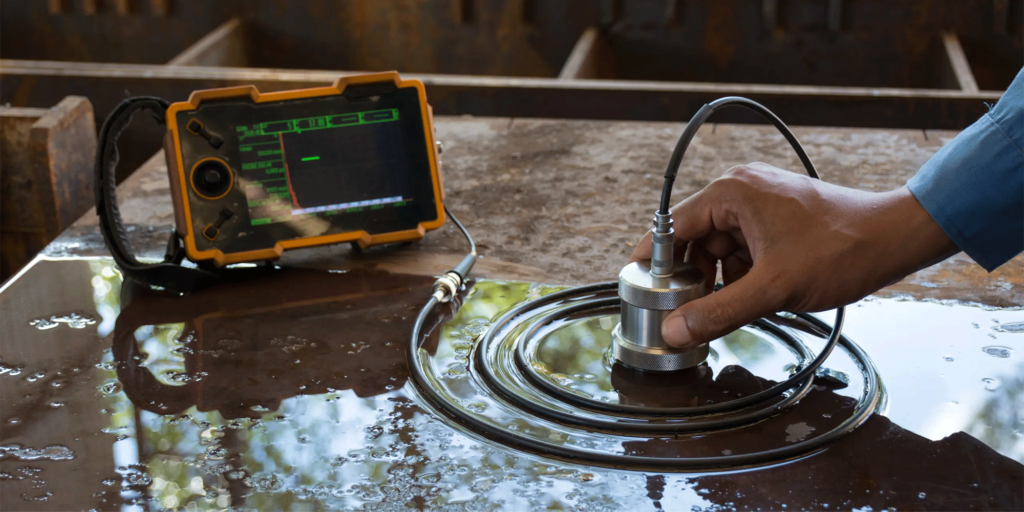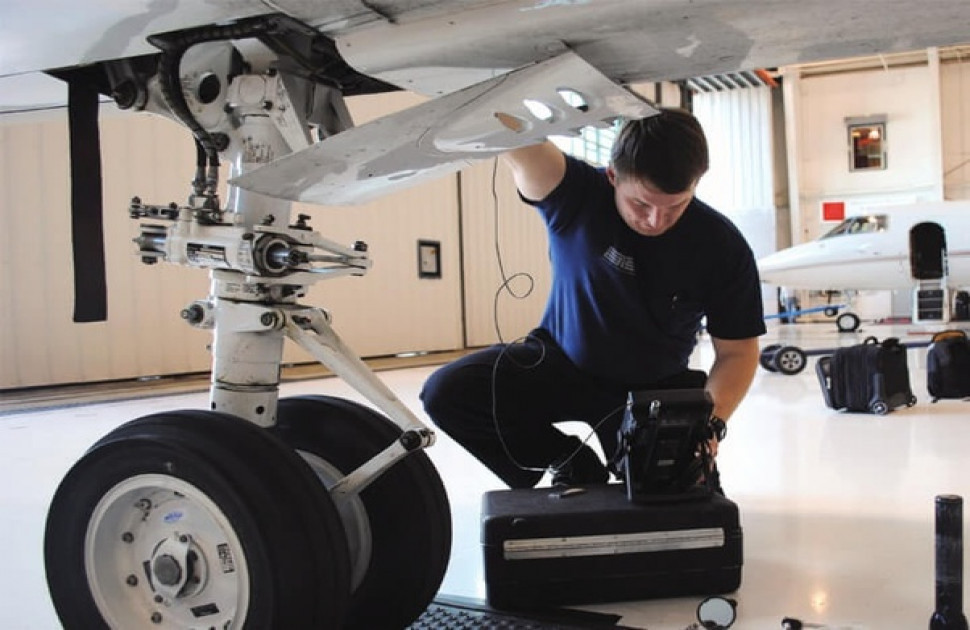In the fast-paced world of Quality Assurance (QA), the ability to effectively troubleshoot frequency issues is crucial. These issues can disrupt the flow of operations, causing delays and impacting the overall quality of production. Understanding how to tackle these problems is essential for industry QA professionals who aim to maintain high standards in their work.
Troubleshooting frequency issues is a common challenge faced by many professionals in the field. Whether it’s dealing with unexpected fluctuations in inspection frequencies or aligning devices for optimal performance, having a structured approach can make a significant difference.

Understanding Frequency in Inspection
Frequency in inspection refers to how often inspections are carried out within a given period. It is a critical component in ensuring that all products meet the necessary quality standards. However, inconsistencies in this frequency can lead to various issues, including equipment malfunctions and production inefficiencies.
Common Problems with Frequency
Many QA professionals encounter problems such as inconsistent inspection schedules and equipment synchronization failures. These issues can stem from outdated equipment, operator errors, or even environmental factors that affect equipment performance.
Identifying the Root Cause
To effectively troubleshoot frequency issues, it’s important to first identify the root cause. This involves examining the equipment, understanding the production environment, and analyzing the inspection data.
Equipment Assessment
Begin by assessing the equipment used in the inspection process. Check for any signs of wear and tear, calibration issues, or software malfunctions. This step is crucial in pinpointing whether the problem lies within the equipment itself.
Environmental Factors
Environmental factors, such as humidity, temperature, and dust, can significantly affect inspection equipment. Ensure that the inspection environment is controlled and conducive to accurate frequency measurements.
Implementing Solutions
Once you’ve identified the root cause, the next step is implementing effective solutions. This may involve recalibrating equipment, updating software, or adjusting inspection schedules to accommodate environmental changes.
Calibration and Maintenance
Regular calibration and maintenance of inspection equipment are vital in ensuring consistent frequency. Develop a routine schedule for these activities to prevent future issues.
Software Updates
Ensure that all software related to inspection tools is up-to-date. This not only enhances performance but also helps in mitigating frequency issues by providing the latest tools and features.
Adjusting Inspection Schedules
Analyze historical inspection data to determine the optimal frequency for your operations. Adjust schedules as needed to balance production demands with quality assurance requirements.
Leveraging Technology for Better Results
Modern technology offers numerous tools that can aid in troubleshooting frequency issues. These include advanced software for frequency analysis and synchronization tools that enhance inspection accuracy.
Advanced Software
Utilize software that offers comprehensive frequency analysis. This enables you to monitor inspection frequencies in real-time and make necessary adjustments promptly. For more on frequency analysis, visit our article on frequency analysis.
Synchronization Tools
Implementing synchronization tools can greatly enhance the accuracy and reliability of inspection frequencies. These tools ensure that all devices are aligned and functioning in harmony. Learn more about synchronization by checking out our insights on synchronization tools.
Training and Development
Investing in training for your QA team is essential. Equip them with the knowledge and skills necessary to handle frequency issues effectively. Regular training sessions can help keep the team updated on the latest trends and technologies in the industry.
Monitoring and Continuous Improvement
Establish a system for continuous monitoring of inspection frequencies. This allows for proactive troubleshooting and ensures that any deviations are addressed promptly. Additionally, foster a culture of continuous improvement within your team to encourage innovative solutions to emerging challenges.
Feedback Mechanisms
Implement feedback mechanisms that allow team members to report issues and suggest improvements. This collaborative approach can lead to faster resolution of frequency issues.
Conclusion
In conclusion, troubleshooting frequency issues is a vital skill for QA professionals. By understanding the root causes, implementing effective solutions, and leveraging technology, you can maintain optimal inspection frequencies and enhance the overall quality of your production process. Regular training and continuous improvement initiatives further strengthen your team’s ability to tackle these challenges effectively.

FAQs
What are frequency issues in QA?
Frequency issues in QA refer to inconsistencies in the timing and regularity of inspections, which can affect the accuracy and reliability of quality assessments.
How can I identify the root cause of frequency issues?
Identifying the root cause requires a thorough assessment of equipment, understanding environmental factors, and analyzing inspection data to pinpoint the source of the problem.
What role does technology play in solving frequency issues?
Technology provides advanced tools for frequency analysis and synchronization, enabling more accurate and reliable inspection processes. It also offers software updates and solutions to enhance equipment performance.
This article contains affiliate links. We may earn a commission at no extra cost to you.
